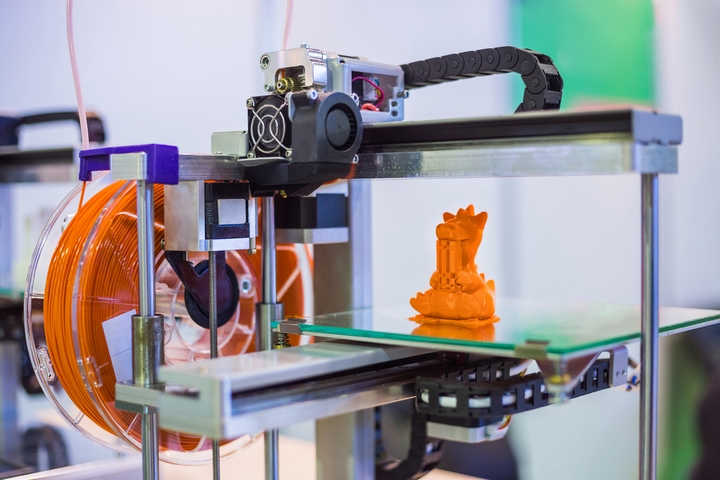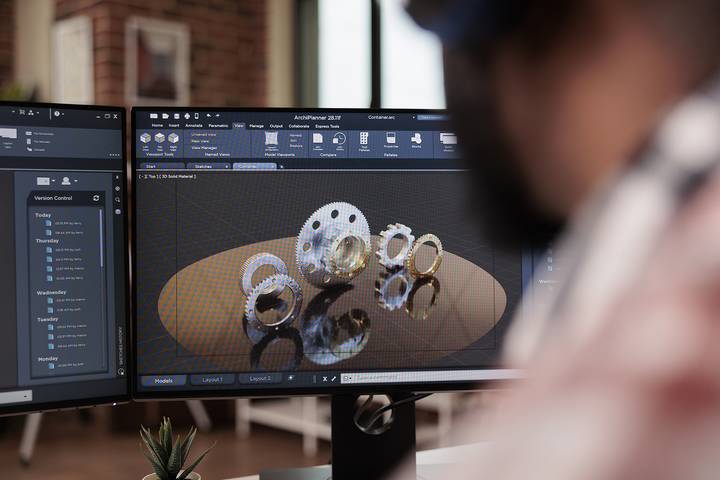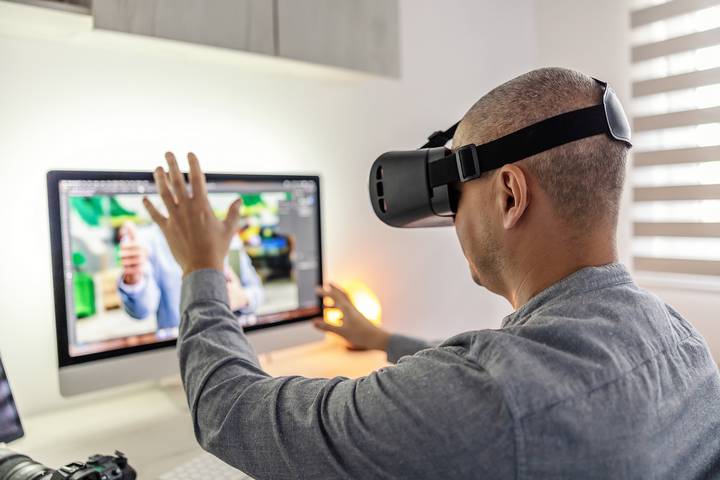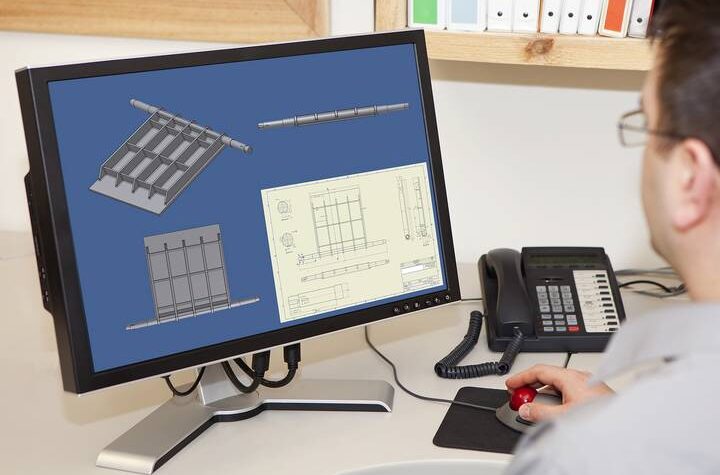CAD allows for creating 2D drawings and 3D models, using computers to modify, analyze and optimize a design. From its humble beginnings with numerically controlled control systems in the 50s to today, computer-aided design assists in creating more accurate design representations to enable a more efficient workflow.
The best part about CAD design is that it is, like most technology, still evolving. This means better function and ease of use as we turn the digital dial to full blast.
While we implement all it offers today, here is the future of CAD design.
1. CAD Cloud

Collaborative working enables team members from different locations to work on the same projects concurrently. Today’s technologies allow for sequential design, where each set proceeds to the next, but this is quickly changing.
Soon, there will be cloud-based integration, so different teams can work in real-time, simultaneously moving projects forward, eliminating the barrier of working remotely and sharing the progress with the workforce. It will also speed up the process and allow any issues and breakthroughs to be shared and dealt with promptly, improving design and innovative efforts.
iCloud is a shift towards enhanced flexibility, improved accessibility and better collaboration while reducing the need for expensive software and hardware. With a dedicated data storage hub that all team members can access, it is secure and easy to manage. This allows for scalability, adaptation, changes, and requirements within projects and workloads.
2. Additive Manufacturing

3D printing is a game changer for many industries, and CAD can take advantage of it too. Because of its prevalence, 3D printers are becoming more affordable, and industries like design will adopt them for use with CAD. Just like computers became necessary in the home, 3D printers will arrive in residences and allow everyone to print their designs.
Being able to print complicated designs with intricate detail and exacting measurements will not only include the production of prototypes but also finished products as well. The future will certainly make this the primary means of product production.
3. Automated Design

CAD automation is the next emerging step for design. 3D CAD design services make you more efficient and enables you to complete your work faster. That’s because the utilization of tools and technology increase speed by automating repetitive tasks. Multiple designs can benefit from automated workflows, freeing manpower to concentrate on more important tasks.
This automation can also catalogue a library of actions and designs to set up new projects to make future parts faster. General dimensions are populated when creating new designs, and assembly instructions will populate into a document without manually updating. At its basic, design automation allows you to capture and reuse engineering knowledge and intent. The future will bring better quality controls and improve the products and workflow.
4. Mobile Access

When computers first hit the consumer market, they were expensive. Fast forward to today, and you have thousands of times faster and more affordable smartphones. Websites and apps are optimized for mobile phones, which will only extend further with CAD.
Having mobile access is vital to organizations and is going to be the top priority in the industry. Many computer-aided designers are adopting and deploying technologies to access their data and tools anywhere and anytime without needing a computer.
5. VR & AR

The gaming world has been forever changed by virtual reality. Apple is now rolling out their new AR platform, and both highly advanced technologies are quickly being adopted into the manufacturing space.
The tech allows for better visibility and visuality as it will show you how products look physically from all sides as you are immersed in the design itself. Engineers can now communicate their projects in a new design dimension, communication and presentation.
There will be photo-accurate images and animations that reduce or eliminate the need for expensive physical prototyping, dramatically speeding up the development cycle and final design. This way, you can test designs and explore various possibilities and pitfalls before committing to building a physical model.
6. AI

Artificial intelligence is being implemented into CAD and will only increase as innovations come on board. It:
- Optimizes Performance
- Detects and corrects errors
- Generates options
AI is reaching further into our lives and will continue positively impacting CAD design.
This is the future of CAD, and more development will happen as demand grows, with creators racing toward innovation. And the best news is that all those that use it in their industry and the market will benefit, and consumers will gain better products and services.




